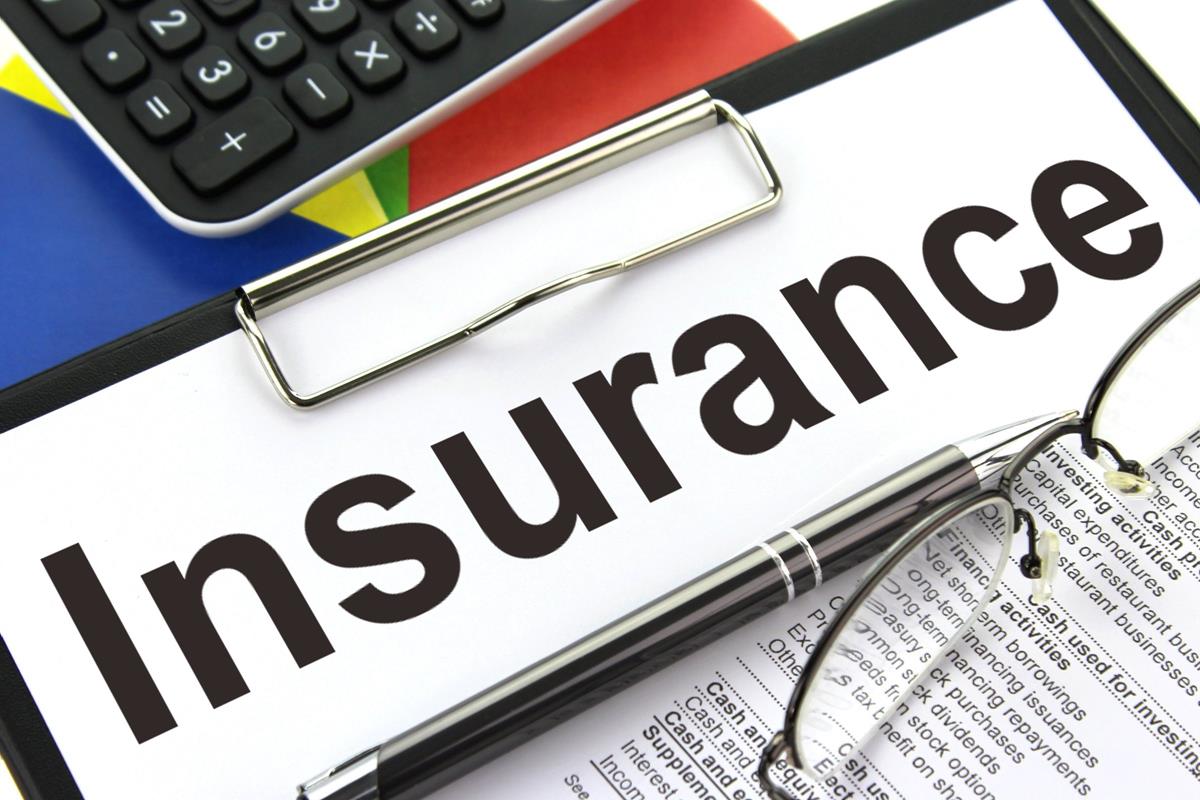
Introduction
Slips, trips, and falls are among the leading causes of workplace injuries and fatalities, making the understanding of slip incidents crucial for ensuring safety in various environments. The relevance of this issue is heightened as workplaces and public areas strive to create safer conditions, especially with increasing awareness of health and safety regulations. In recent years, organizations have invested significantly in training and resources to mitigate these incidents, as understanding their causes is essential for prevention.
Current Statistics and Trends
According to the Health and Safety Executive (HSE), slip-related incidents account for around 30% of all reported workplace injuries in the UK. This data highlights the necessity for employers and facility managers to prioritize slip prevention strategies. Recent studies reveal that wet and contaminated floors, uneven surfaces, and inadequate footwear are among the primary contributors to these incidents. In 2023, the HSE reported a noticeable uptick in workplace inspections focusing on mitigating risks associated with slips, indicative of a growing commitment to safety regulations.
Prevention Strategies
To combat slip incidents, a multi-faceted approach is emerging. One effective strategy is regular training and education for staff on how to identify and manage potential slip hazards. For instance, the implementation of anti-slip mats, adequate lighting, and clear signage in areas prone to slipping can significantly reduce incidents. Furthermore, regular maintenance routines that include cleaning, repairing, and hazard assessment are vital.
Employers are encouraged to conduct risk assessments tailored to their specific environments, ensuring that they can identify high-risk areas and take appropriate action. Some companies have even invested in technology, such as slip-testing equipment, to benchmark their floors against industry standards.
Conclusion
In conclusion, slip incidents remain a critical concern in both workplaces and public areas. The statistics underscoring their prevalence serve as a wake-up call for industries to enhance their safety measures. By adopting robust prevention strategies and fostering a culture of safety, organizations can significantly reduce the incidence of slips, benefiting not only the workforce but also contributing to overall productivity and morale. Looking ahead, the continued emphasis on safety awareness and proactive management will likely shape the future of workplace health, ensuring that slip incidents are substantially minimized.
You may also like

Understanding the Role of Insurance in Everyday Life

Understanding the Nationwide Payments Warning
